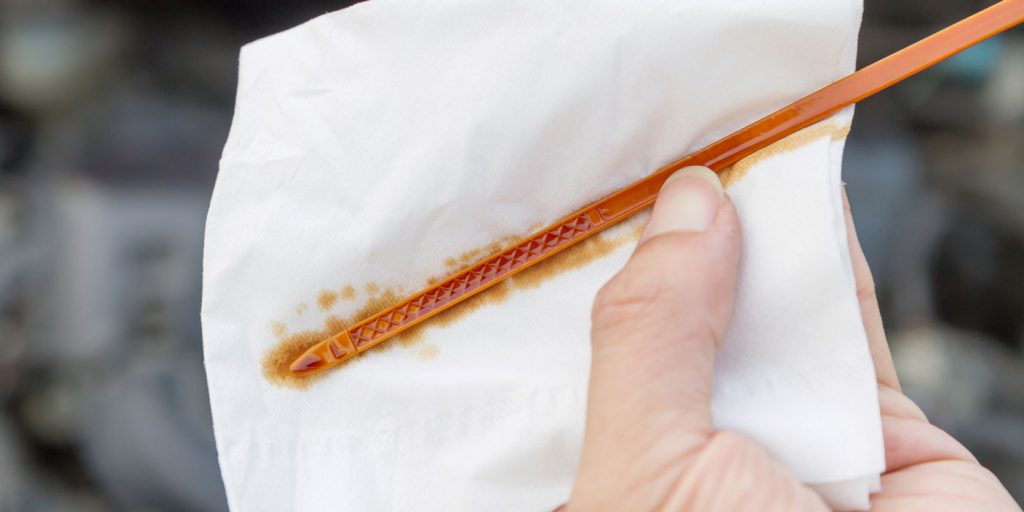Despite sharing the same moniker called ATF (automatic transmission fluid), most OEMs use different proprietary blends (additives) for their transmissions these days, and it may be confusing some technicians as to which type of fluid is required for a vehicle. ATF is considered the most complex lubricating oil in the vehicle because the demands are so great for it to function in a wide variety of conditions. Manufacturers even used sperm whale oil as an additive to help inhibit rust and corrosion until it became illegal to hunt the giant mammals in the ‘70s.
The early automatics only had one type of fluid, which was made by GM, called Type A. If you owned a Ford with an automatic, it had GM Type A, although it was labeled according to the brand. ATF was also the same color as motor oil until the late 1960s when manufacturers started to add red dye so that technicians could tell them apart and leaks were easier to diagnose.
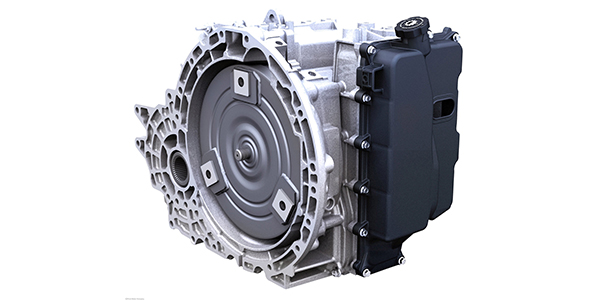
Lubricating fluid for automatics varies as much as the transmissions, but considering the fluid’s job is to do about 10 things at once, it is almost a miracle of modern science. ATF is used for lubrication, warming, cooling, hydraulic actuation, turbine flow, as well as a bath for the friction material and the electronics. The fluid has a hard life, but with regular servicing, the transmission will last for many thousands of miles with few issues.
As automatic transmissions have evolved from 3-speed to 4-speed and then to 5- and 6-speeds, we see yet another shift to even more gear sets in ever smaller packages. Cars that used to have a 6-speed automatic now have an 8, 9 or as many as 10 speeds, and, no, we’re not talking about bicycles.
ZF’s 8HP 8-speed transmission was installed into about 3.5 million vehicles in 2017 in models ranging from a Dodge Ram to a BMW M5. Torque converter transmissions such as the 8HP can be programmed to run like a dual clutch (DCT), but they are lighter and cheaper, which is why more OEMs are using them. More recently, Ford and GM partnered to build both a 9-speed FWD transmission and a 10-speed RWD to be used on everything from Mustangs and Camaro to F-150s. You may think that because it’s virtually the same transmission in all of these applications that they use the same ATF. You would be wrong. The OEMs specify certain additives to give their transmissions the characteristics they want. However, aftermarket oil manufacturers like Valvoline, Shell and others offer a synthetic ATF that covers all vehicles with the 8HP with virtually one fluid type.
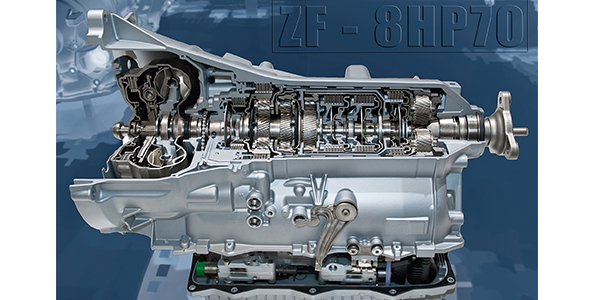
Another new style automatic transmission shops are seeing more of is the continuously variable transmission (CVT). These are belt-driven instead using a torque converter. CVTs are fuel efficient and require yet another type of fluid to keep them going; similar to a thick motor oil than a lightweight ATF. OEMs that use CVT transmissions continue to grow and include Chrysler, Honda, Jeep, Mercedes-Benz, Mini, Mitsubishi, Nissan and Saturn. CVTs must run a special fluid formulated for the variable belt drives. This type of fluid is not recommended for use in conventional automatic transmissions or Hybrid CVT units (Toyota and Ford).
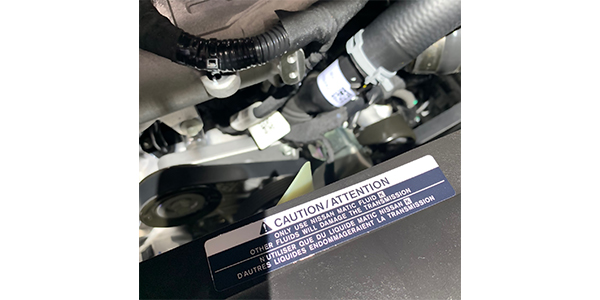
Due to the complexity of today’s automatic transmissions, manufacturers use a laundry list of specialty additives that can make up to 25% of the total fluid fill. Additives that are used include dispersants, antioxidants, antiwear, friction modifiers, corrosion inhibitors, seal swell agents, viscosity improvers, pour point depressants, foam inhibitors and red dye to identify it as an ATF. Each one plays a critical role in maintaining the various components in the transmission, but the amount and blend varies for each transmission and even from manufacturer to manufacturer. Today, there are more than a dozen types of ATF, so you need to look up the vehicle’s specific fluid requirements.
Over time, the seals inside an automatic transmission can become hard and brittle and lose their sealing qualities. A seal swell agent is added to keep the seals from becoming brittle. Today’s multispeed transmissions have longer service intervals than older types of transmissions with recommended service ranges from 60,000 to 100,000 miles. Changing it more often will not cause any harm except to your customer’s wallet. If you notice that there’s grit in the transmission fluid, it could be small metal shavings that have worn off the gears and clutches inside.
If the vehicle has difficulties shifting gears, there’s a good possibility that the fluid is beyond its useful life. Dirt, gunk, and metal can get into the fluid and cause it to have a sluggish response when shifting, or the shifts may be erratic. Other symptoms can include surging, slippage and overheating. The signs will give way to total transmission failure if the fluid is not flushed and refilled with a quality, application-specific ATF.
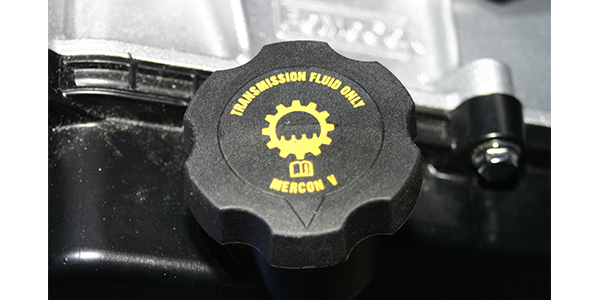
Some shops won’t even change the transmission fluid on high-mileage cars because there’s a risk of dislodging debris or sludge that could lead to significant problems. The jury is out on this, but if the transmission hasn’t been serviced in the last 60,000 miles, it’s probably in pretty bad shape internally. If you do change the fluid, be sure to inform your customer of what could happen, especially if the oil is worn out.
When transmission fluid is low, it can lead to shifting problems. The fluid can become oxidized (burnt) or dirty and can also create shifting problems. If the filter is clogged, it can also lead to hard, uneven shifts – but a fluid and filter change will usually correct this issue.
Shuddering is a common transmission complaint; a loss of fluid pressure typically causes it because the ATF also acts as a hydraulic fluid. Most shops will perform a fluid flush at this stage. It is a good idea to check the pan for debris or signs of wear that may signal other problems.
Overheating is a common problem with automatic transmissions that have not been serviced. Symptoms that cause overheating include low fluid levels, leaks, burned, old or dirty fluid, or issues with the solenoid. The bottom line is that the transmission is the most challenging component to lubricate in a vehicle. Follow the manufacturer recommendations for service and remind your customers when they are due for a fluid and filter change.
Article courtesy Brake & Front End.

